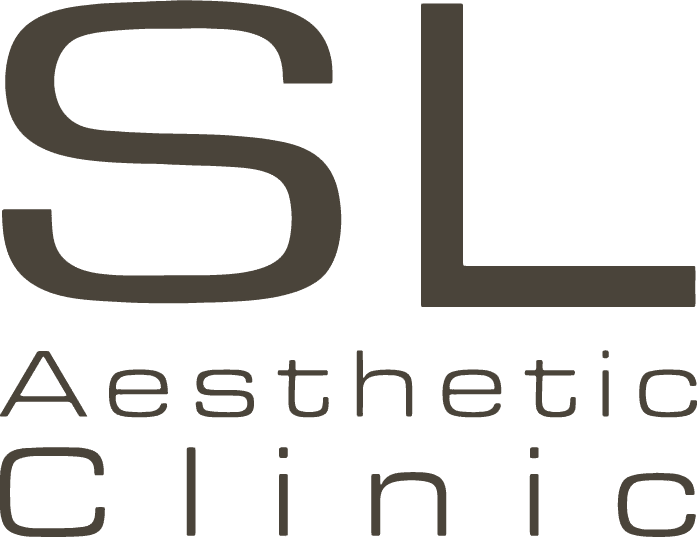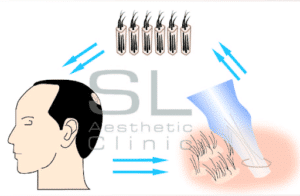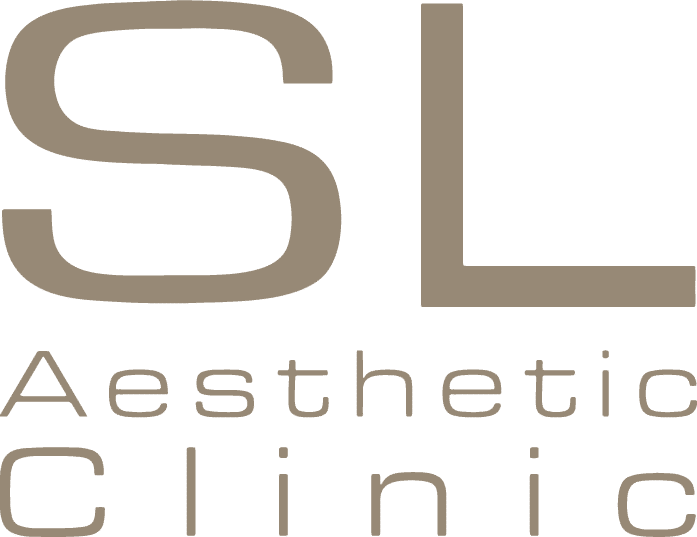Fotona Hair Growth Laser is a patented, non-invasive Er: YAG laser therapy for treating hair loss disorders. Using a non-ablative photothermal stimulation of hair growth, the laser works to trigger tissue regeneration in the scalp and promote new follicle growth. It is a generally safe and efficient treatment for hair loss, with little to no adverse effects.
What is Hair Loss?
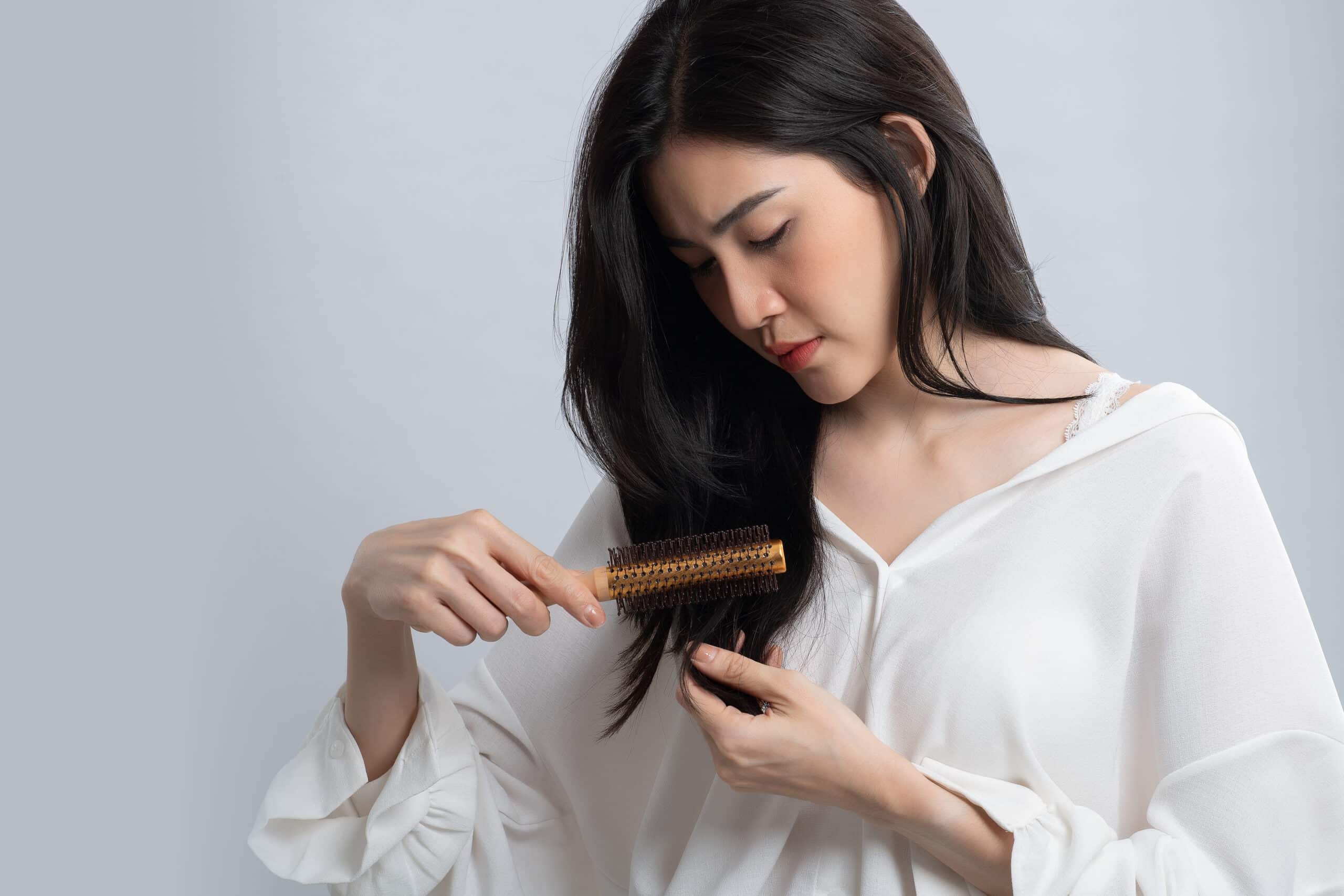
Humans have hair growing out of their skin in various places, but the one we’re always keen to keep is the hair growing on the top of our head.
The hair is made up of a protein called keratin, produced in hair follicles in the outer layer of the skin. Once the follicles produce new hair cells, old cells are pushed out through the skin’s surface at a rate of six inches a year. Besides, each follicle has its own life cycle that can be influenced by various factors.
Hair loss occurs when there’s a disruption in the hair’s life cycle and the follicle stops producing new hair cells. This leads to dormant follicles that stop producing hair, causing hair loss patterns that vary between men and women.
Types of Hair Loss
There are several types of hair loss, such as:
- Involutional alopecia – A natural condition in which the hair gradually thins with age.
- Androgenic alopecia – A genetic condition that can affect both men and women.
- Alopecia areata – A condition in which hair loss occurs suddenly.
- Alopecia universalis – A condition in which all the hair on the body falls out, including the eyebrows and eyelashes.
- Trichotillomania – A hair-pulling disorder due to psychological factors.
- Telogen effluvium – A temporary hair loss condition that occurs due to changes in the hair’s growth cycle.
What Causes Hair Loss?
Hair loss is a common condition that affects both men and women. The hair can fall out for various reasons, with the most common cause being genetics. This includes other factors, such as ageing, diet, stress, hormonal changes, medical conditions and medication.
- Genetics – Hair loss can occur due to hereditary factors, which happen gradually over time and in predictable patterns – receding hairline and bald spots in men and thinning hair along the crown of the scalp in women.
- Hormonal changes – A variety of changes in your hormones can cause hair loss. This includes pregnancy, childbirth, menopause and thyroid problems.
- Medical conditions – Conditions like alopecia areata can cause hair loss and scalp infections. A hair-pulling disorder known as trichotillomania can also lead to hair loss.
- Medication – Certain medications can cause hair loss as a side effect. This includes those used for cancer, arthritis, depression, heart problems, gout and high blood pressure.
- Stress – Many people experience thinning hair several months after a physical or emotional shock. This type of hair loss is generally temporary.
- Diet – Deficiency in certain nutrition can cause hair to fall out. Low intake of protein and certain vitamins, such as iron, can sometimes cause excessive hair loss.
Symptoms of Hair Loss
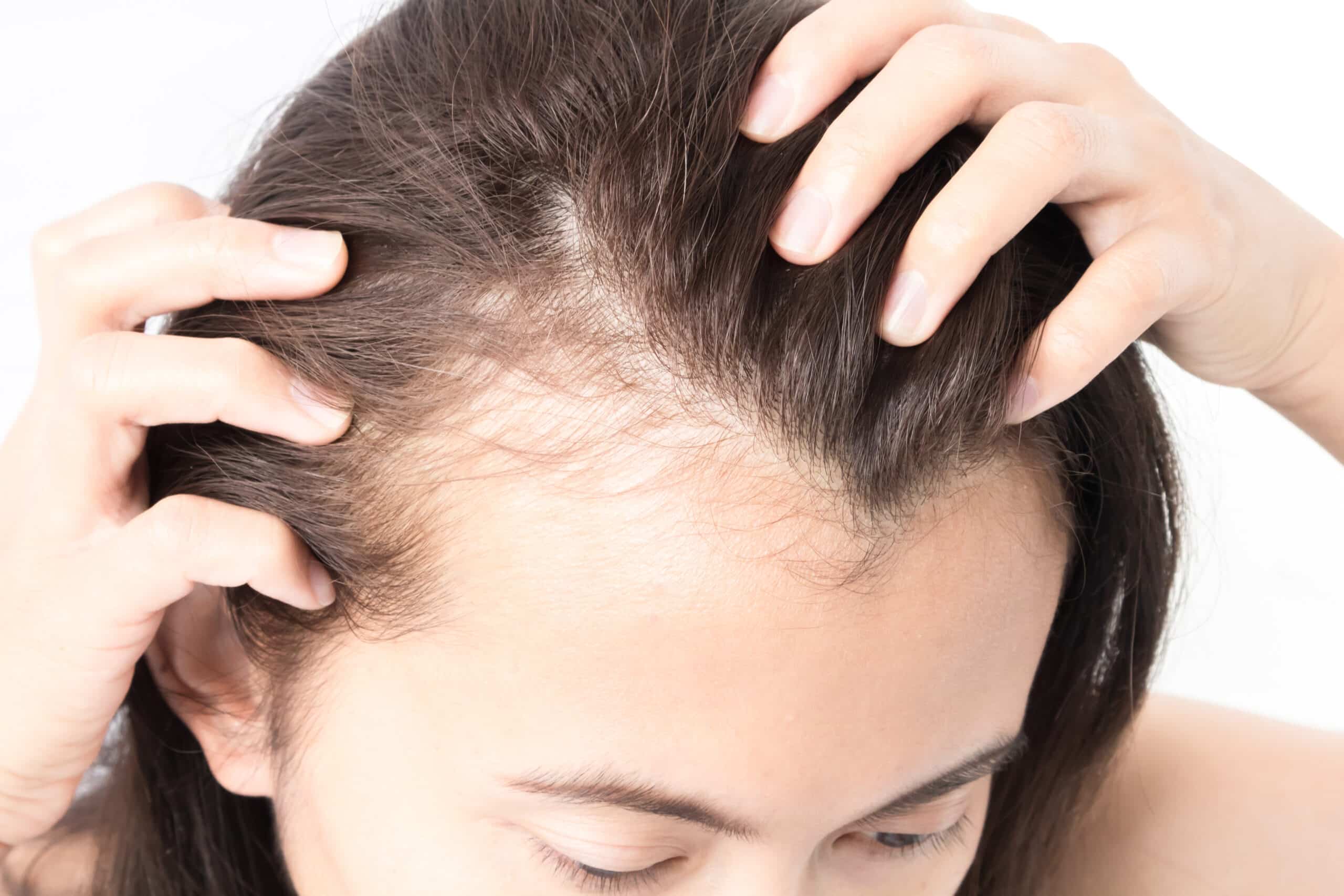
Hair loss can appear in various forms, depending on the cause of it. It can happen suddenly or gradually and affect your scalp or the whole body. The following are symptoms of hair loss:
- Gradual thinning on the crown – This is the most common type of hair loss, affecting people as they age. Plus, it is more apparent in men than women because hair loss often begins to recede at the hairline on the forehead.
- Bald spots or patches – Some people experience hair loss in a gradual manner, with bald spots or patches appearing on the scalp, beard or eyebrows. Your skin may become itchy or painful before the hair falls out.
- Sudden loosening of the hair – A physical or emotional shock can cause the hair follicles to loosen, leading to gradual but temporary hair loss.
- Full-body hair loss – Some conditions and medical treatments, such as chemotherapy, can result in full-body hair loss. However, the hair usually grows back.
How does Fotona Hair Growth Laser help with Hair Loss?
Fotona Hair Growth Laser can help treat hair loss. It is a non-invasive laser therapy for the treatment of hair loss disorders, which focuses on stimulating dormant hair follicles to promote hair growth.
This hair growth treatment uses Er: YAG non-ablative laser, whereby the thermal heat pulses through the scalp to trigger tissue regeneration and promote new follicle growth.
It is a generally safe and effective laser treatment performed by doctors to ensure highly controlled energy delivery while providing the best comfort for the patient. The procedure is non-invasive and painless, with little to no side effects.
The laser energy also helps prevent further hair loss while increasing hair density and thickness.
What is the treatment process like?
The Fotona Hair Growth laser treatment for hair loss is a simple procedure that involves gentle heating of the skin and the production of growth factors without any significant ablation of the skin.
Aside from the pulses that gently deliver laser light to the tissue, the laser operates at an optimal infrared wavelength of 2.94 µm, which coincides with the skin’s maximum absorption level.
FAQ
This laser treatment is ideal for anyone experiencing early signs of hair loss due to androgenetic alopecia, commonly referred to as male or female pattern hair loss.
You may experience warm, tingling sensations during the treatment. Most people find it tolerable and comfortable. The entire treatment process will take 30-45 minutes, including consultation.
This depends on the individual. During the first consultation, our doctor will thoroughly assess and diagnose your condition before advising the number of sessions.
Most patients report seeing results within a couple of months, lasting up to 12 months. Results will vary from person to person. Maintenance treatments are recommended to sustain optimal results.
Depending on your diagnosis, the recommended interval ranges from 2 to 4 weeks.
You may experience dryness and slight flakiness around the treatment area, but this usually subsides within a few hours. You may resume your daily activities and hair wash after that.
Like what you read? Share them!
